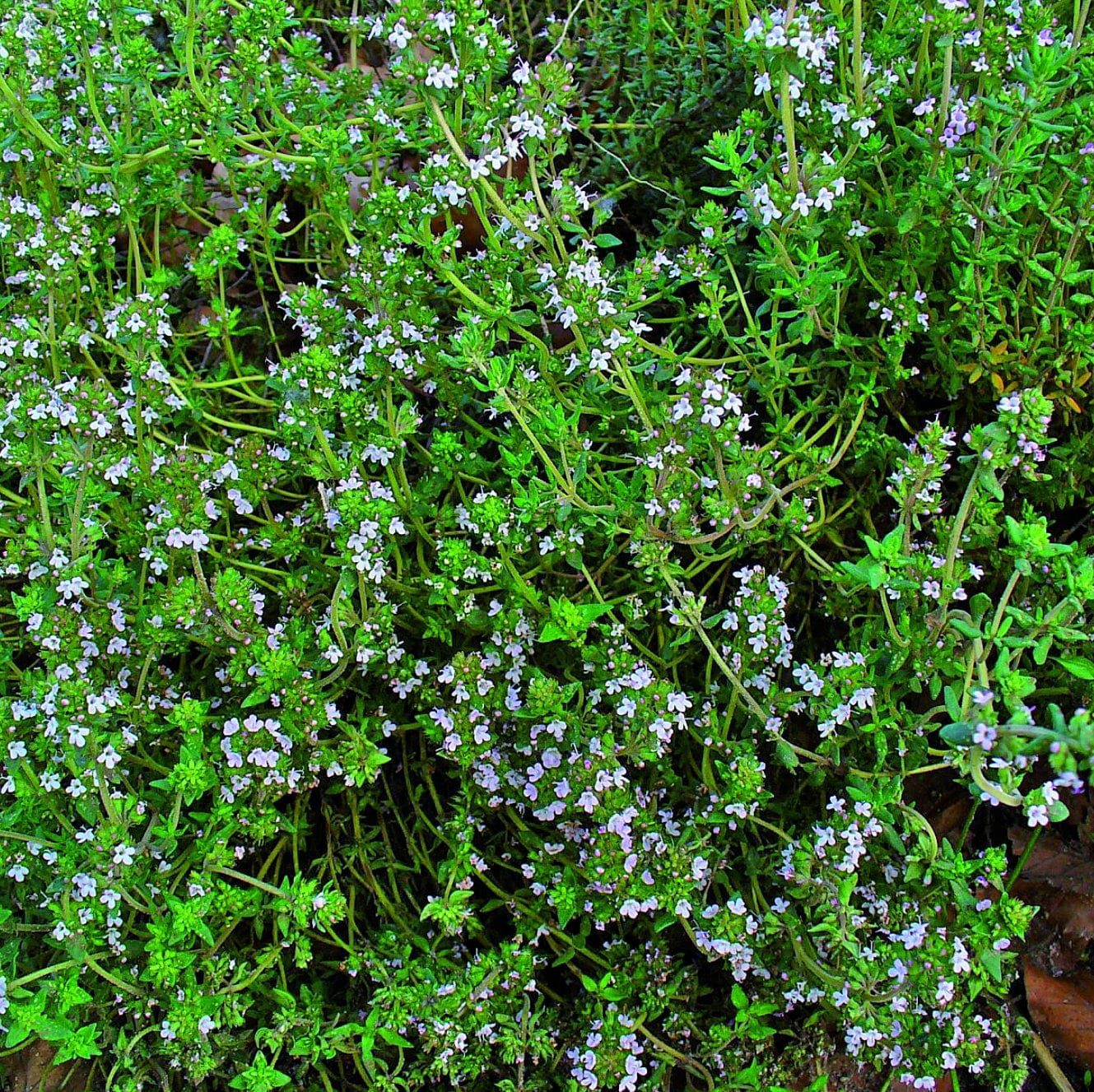| Maturity (days) | Perennial |
|---|---|
| Plant height (cm) | 25-45 |
| Spreading (cm) | 20 |
| Formulations | Organic and Untreated |
Winter Thyme
Winter Thyme
3.59$
Winter Thyme has been added to cart
Buy 3 and get a 10% discount
Very small, dark green, elongated, oval leaves. Small flowers are from light purple to lilac. Multiple culinary and medicinal uses. Superior yield if cultivated on slanted, poor, rocky areas that are exposed to the sun. Tolerates dryness.
Cultivation mode
Plantation : Indoor: sow it in March. Do not cover the seeds. Because they require light to germinate and a temperature between 15 °C and 21 °C. Germination is slow between 15 to 21 days. Water in fine rain to keep the substratum slightly humid. Outdoor: seed in a nursery in spring or transplant them after the last frosts.
Soil : Indoor: A well-drained, porous seedling soil is ideal for preventing overwatering. Outdoor: it tolerates all types of soil, even poor and stony.Container: Planter soil and it is recommended that you cover the bottom of your container with a layer of gravel to prevent moisture from stagnating.
Spacing : a distance of 25 cm between each plant. For balcony or patio cultivation, transplant to a container at least 25 cm in diameter.
Cultural practices : thyme is an easy plant to grow and care for. It needs sunlight to develop. Regular watering is recommended the first year after placement, but not excessively and only if it is not raining. Remove dead branches in early spring. On the maintenance side, do not hesitate to clean the foot of the thyme to avoid the presence of weeds. To keep a compact shape, wait until the end of flowering to gently prune. If, on the other hand, you are growing thyme to harvest it, it is better to prune before flowering.
Harvest : cut the branches you need throughout the season. It is best to cut from year-old wood to stimulate the emergence of new growth. It is therefore necessary to select the young shoots and pick them early in the morning to preserve the aroma.
| Latin name |
Thymus vulgaris |
|---|---|
| Companion plants |
broccoli, Brussels sprouts, cabbage, cauliflower, eggplant, strawberry, potato, tomato |
| Rival plants |
marjoram, oregano |

